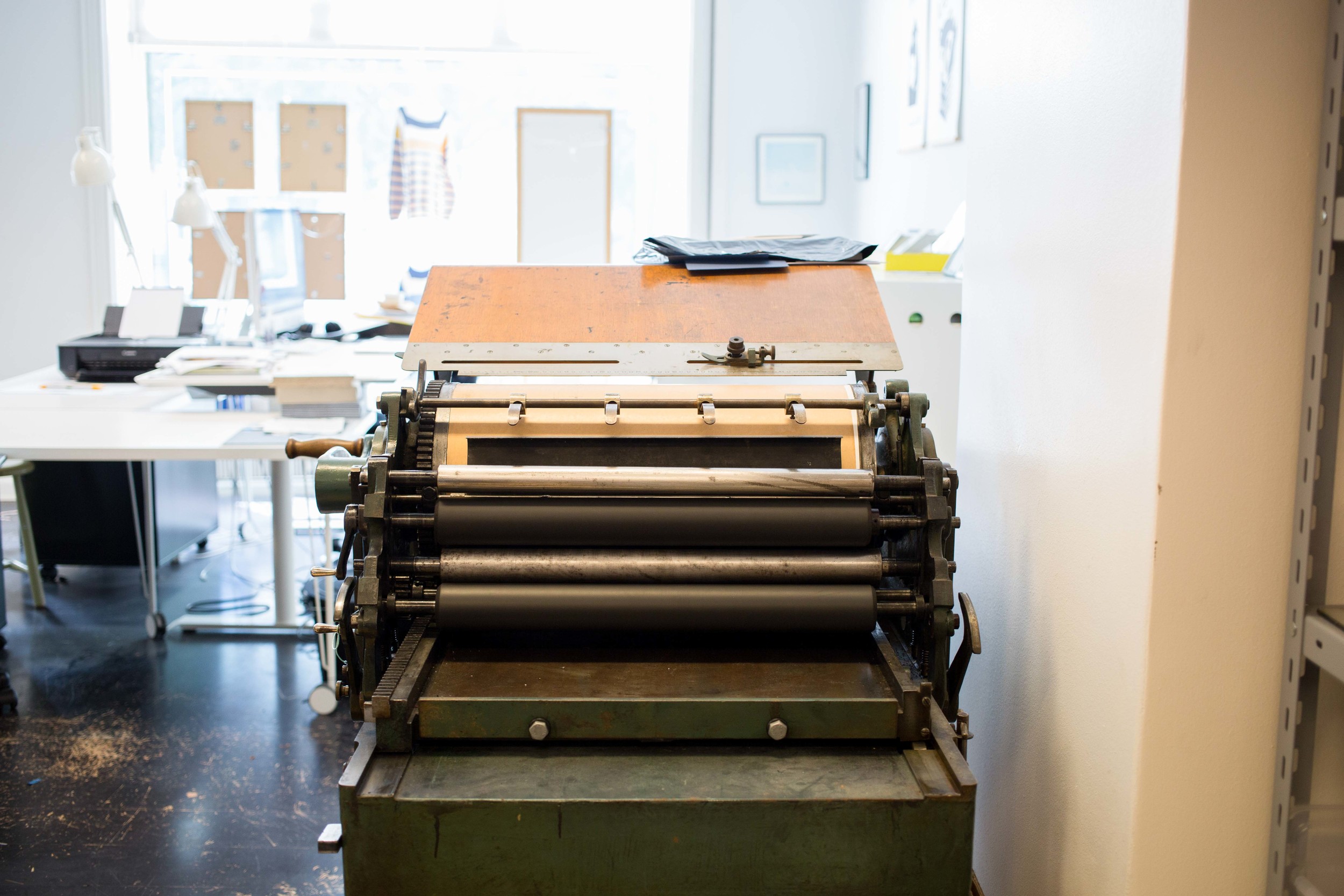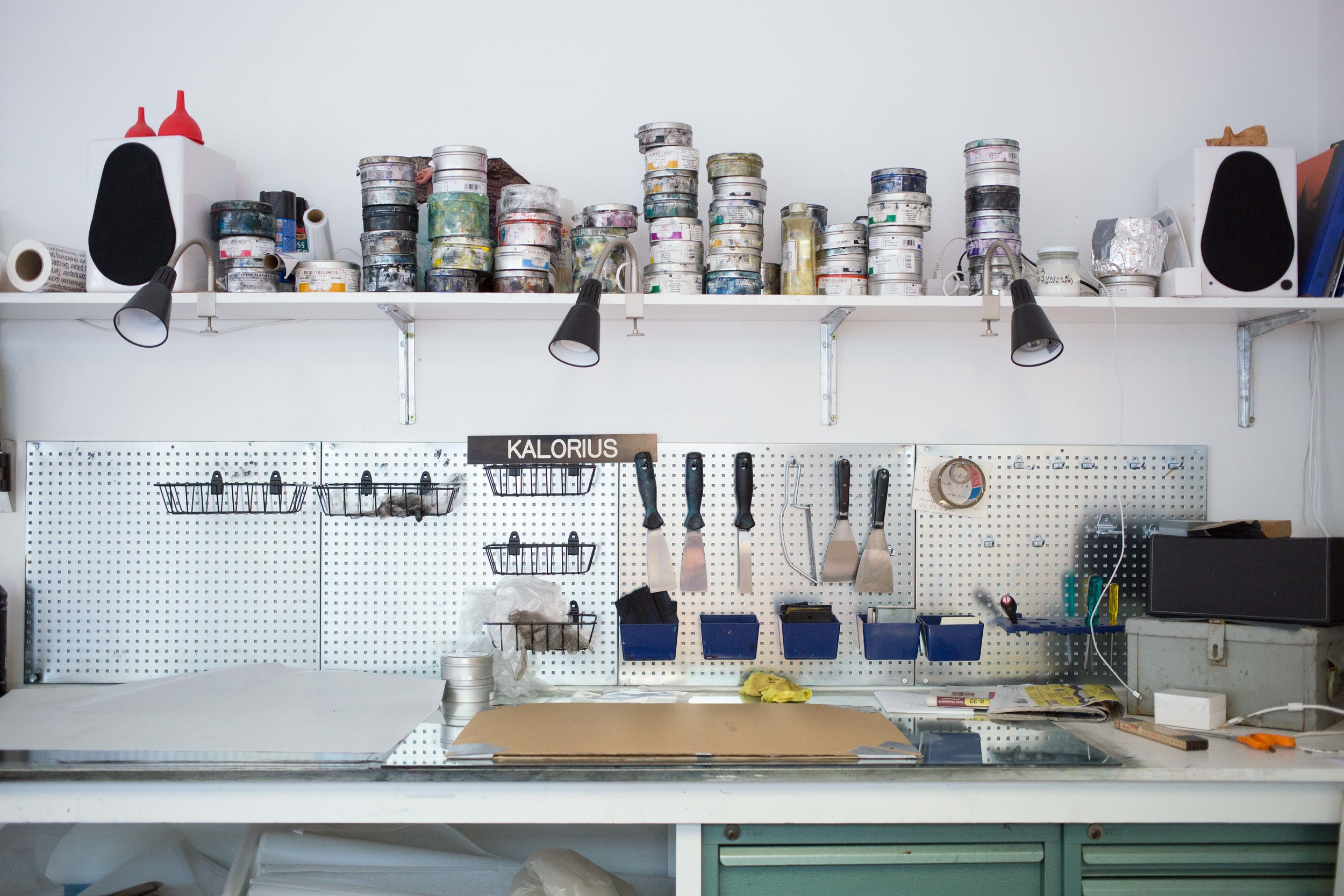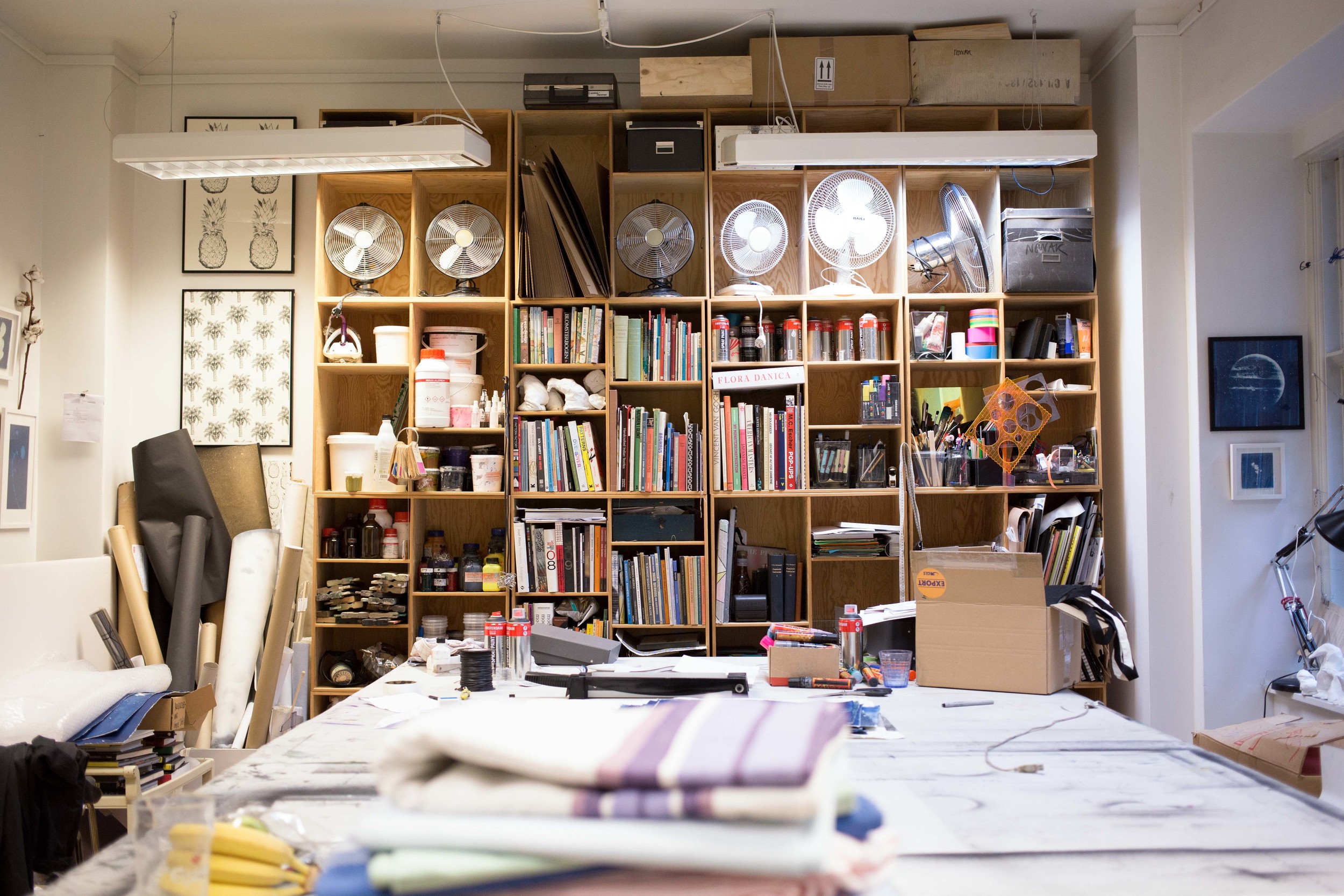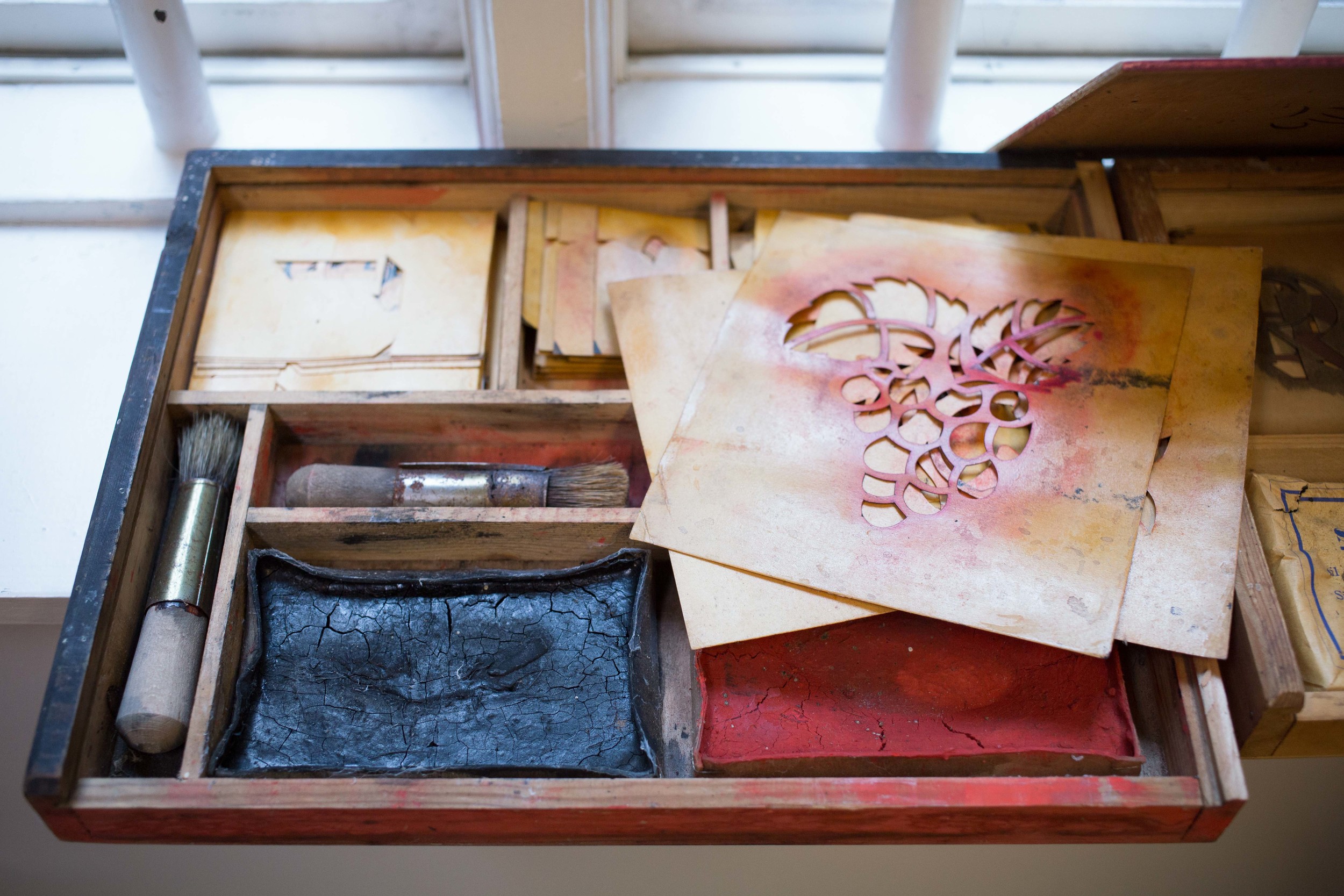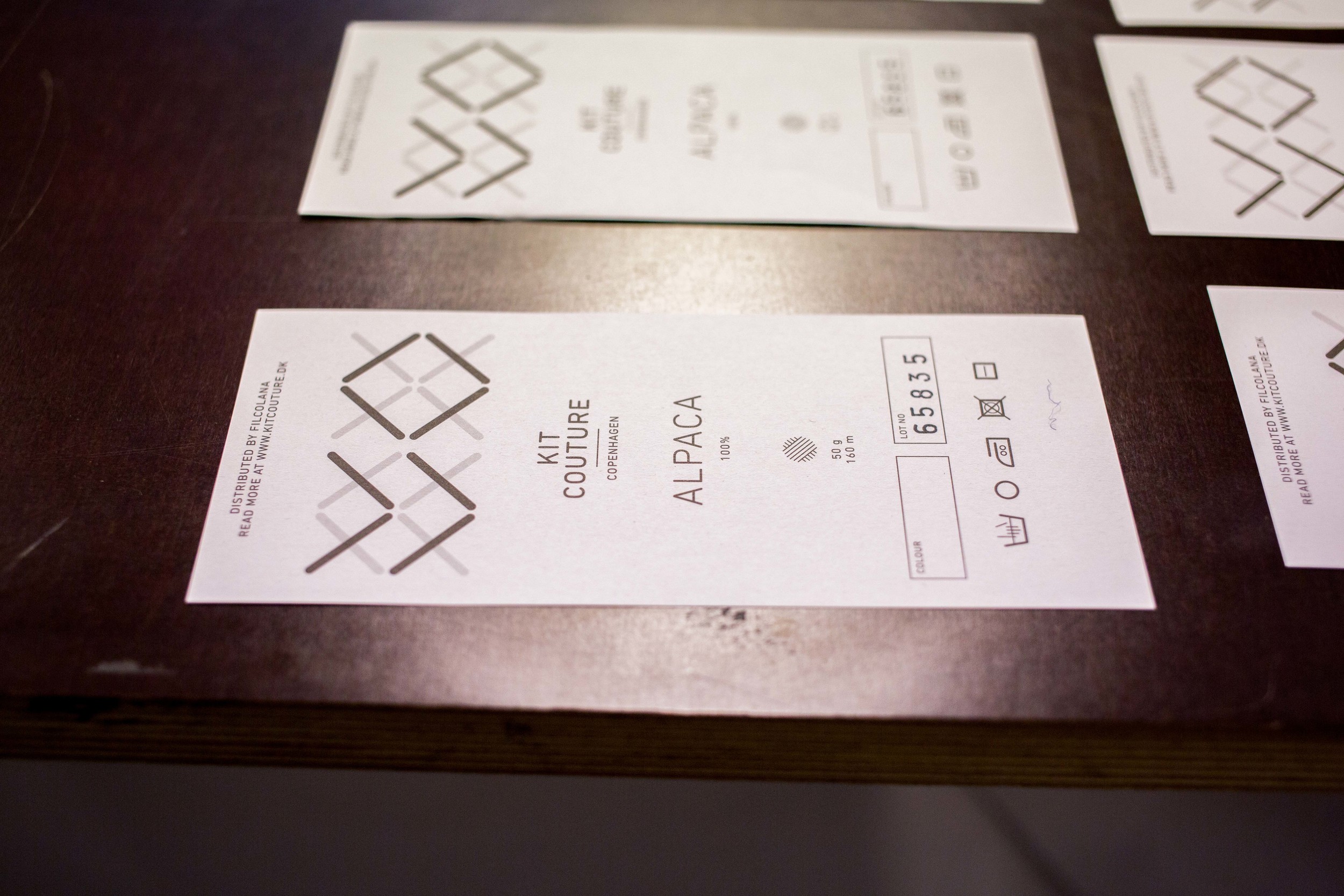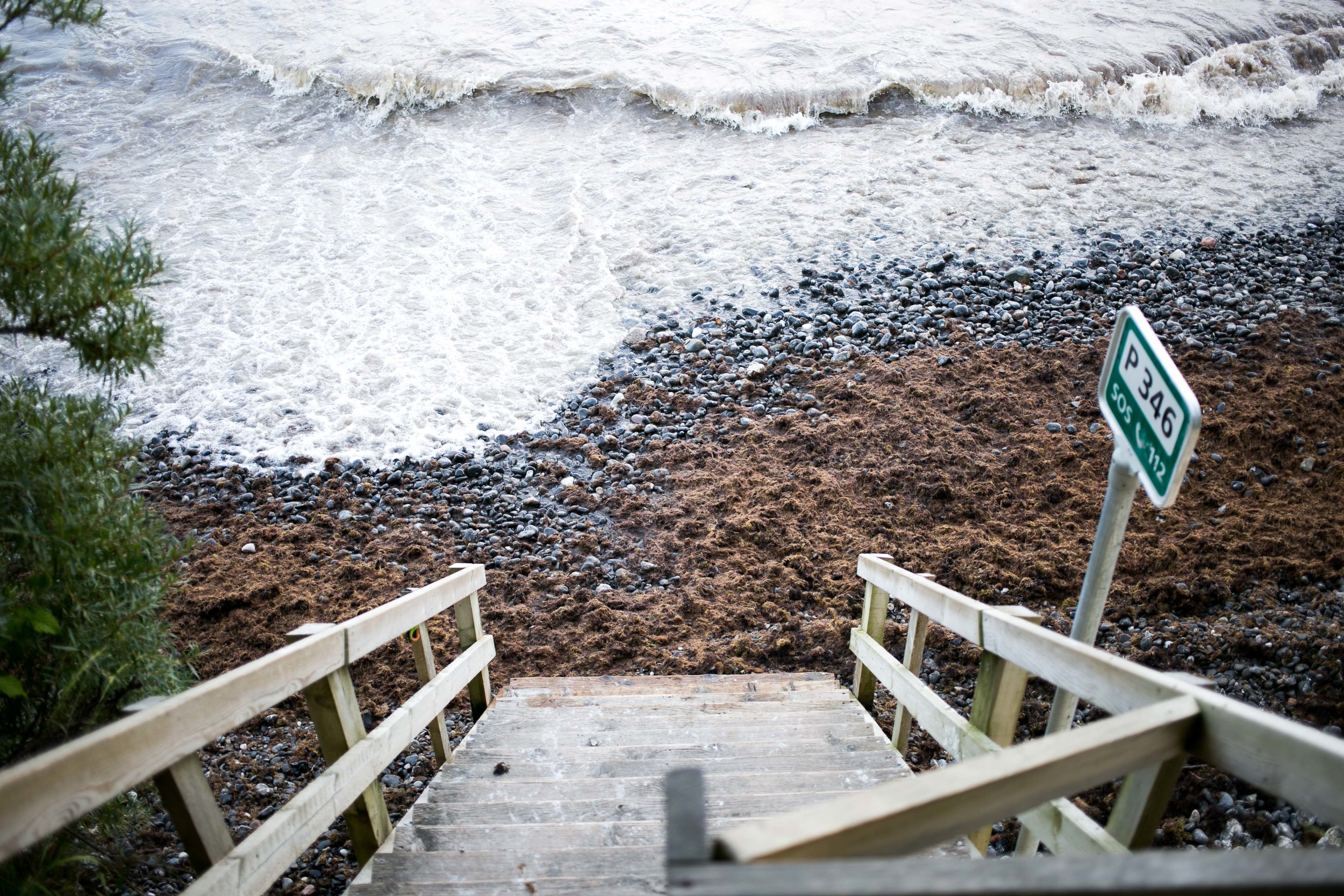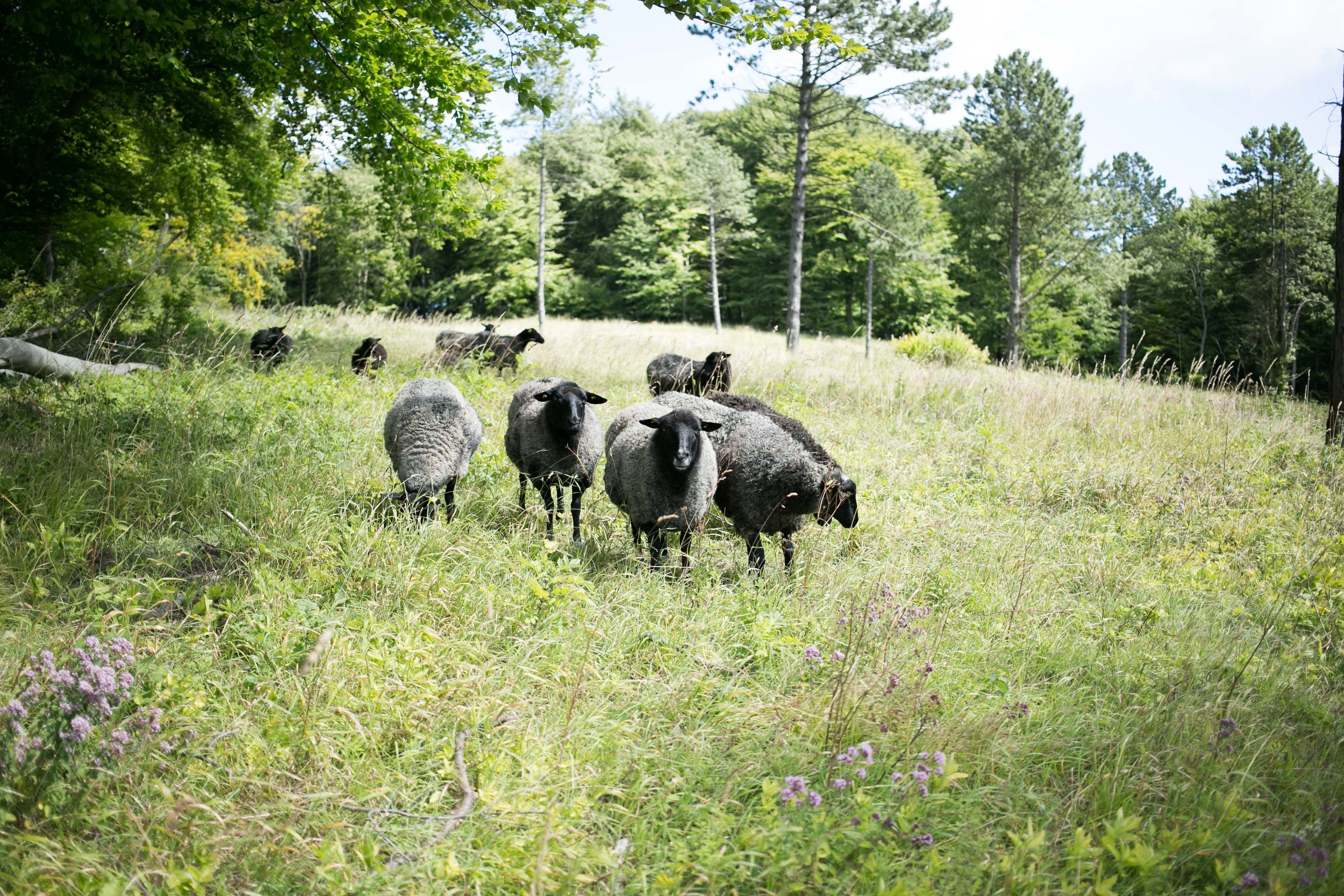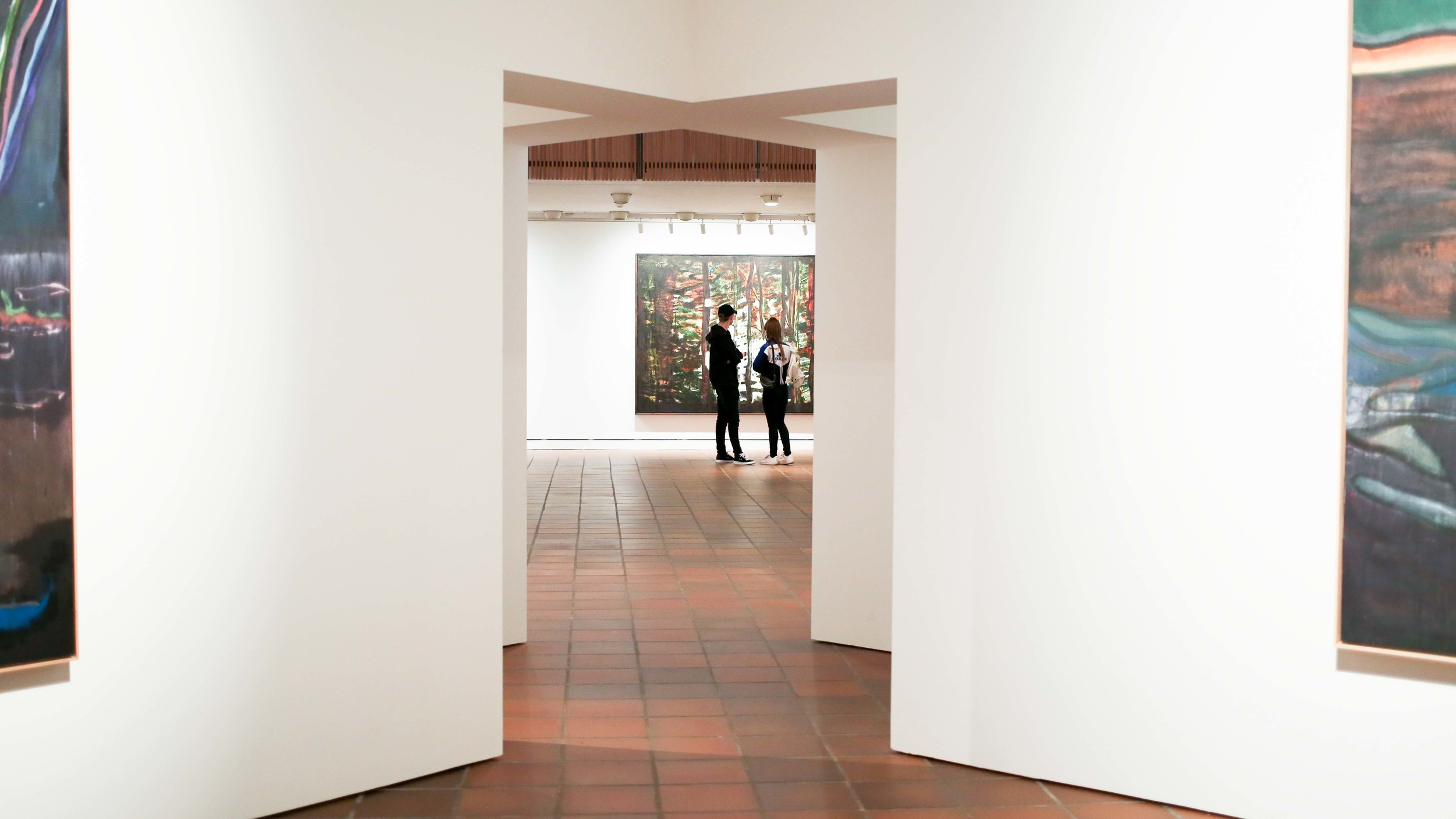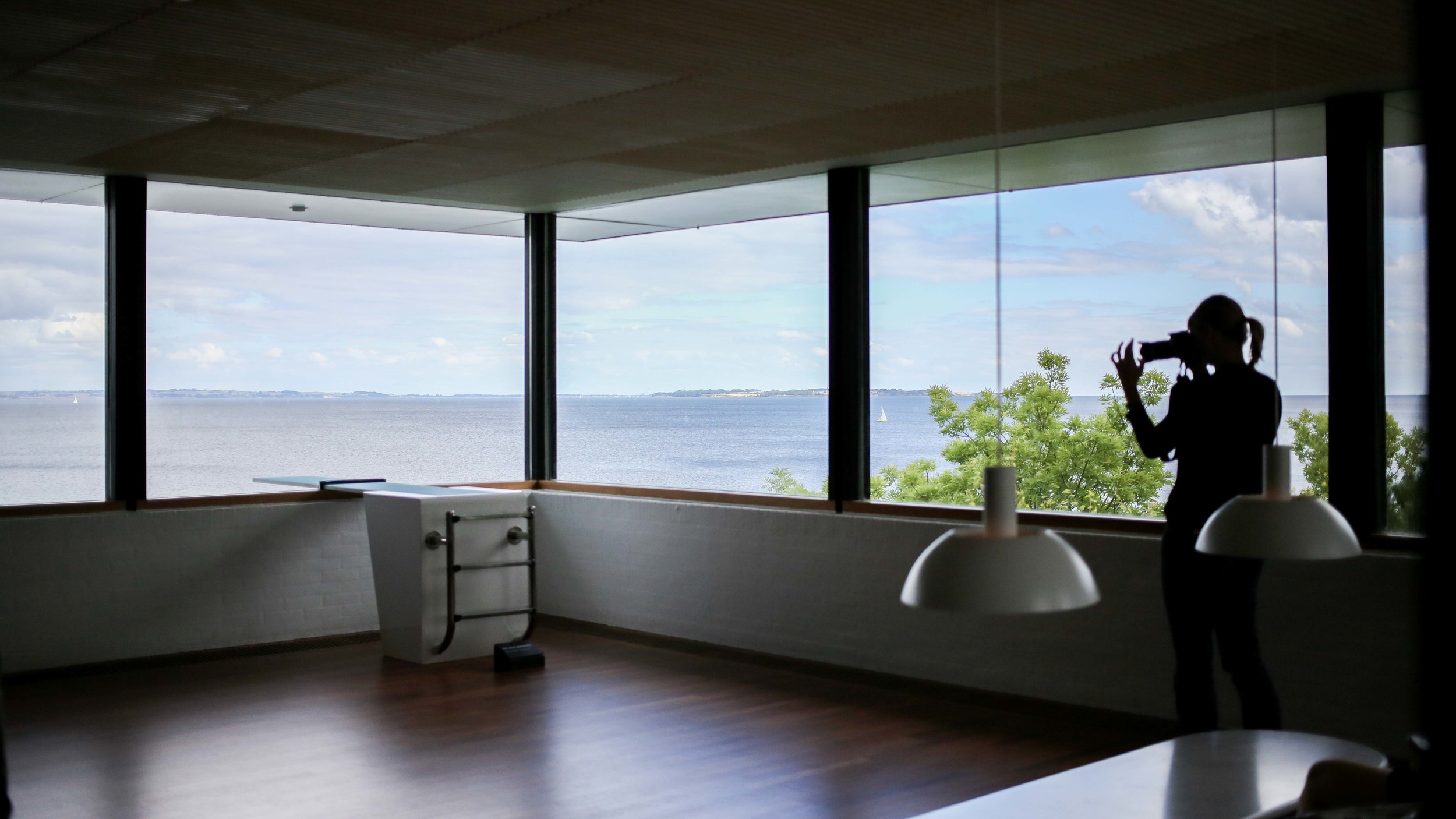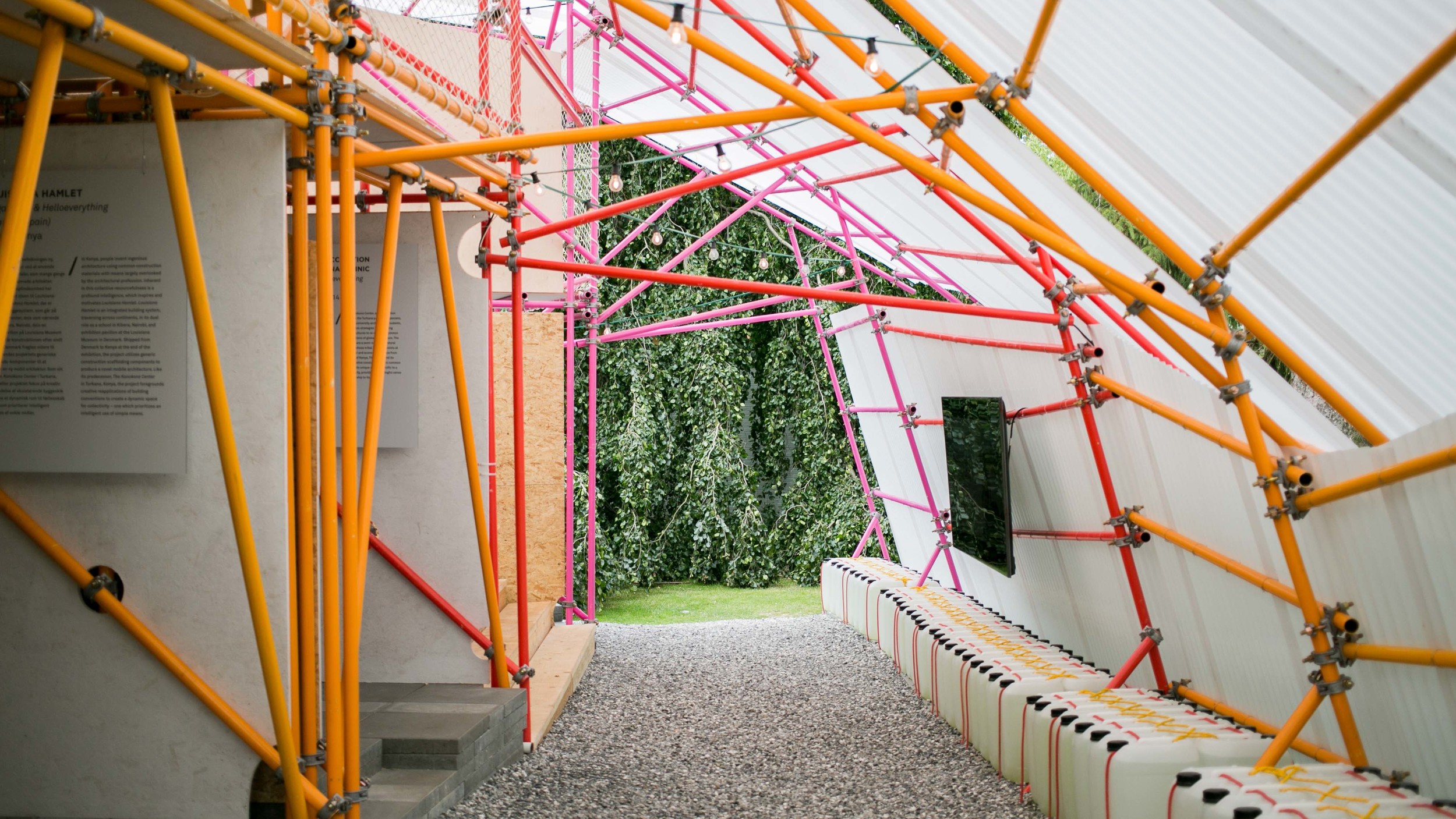Do you have a tribe?
Throughout my experiences in my adult life (so far), I belonged to many tribes when I started my career. As I get older, some tribes have faded and I'm glad for it because I think it spread my relationships way too thin. After pivoting my career early on (you can read a little bit about it in this blog post), I began to identify myself into two tribes: UX/Service Design and Letterpress/Art Makers. These are broad categories and there are sub-tribes beneath these trees but the point is that I found them and I am never letting go.
If you don't have a tribe that you identify with, I encourage you to seek one out. Community is the only way to collectively survive as humans and I am ever so thankful for mine.
Before coming out to Denmark, I did some research into these communities that exist in Copenhagen and found a letterpress artist named Megan Adie whose work I found really interesting. I wanted to meet her so I reached out. Unfortunately, she was at a printmaking residency in Basel (such a good excuse to not be available!) but she was kind enough to invite me to her collaborative space where, in concept, it was just like Spudnik Press where I currently teach letterpress. I respect Spudnik's business model very much so I was even more excited and determined to pay a visit.
Having spent a few days to myself, I was eager to meet some people so I headed over to Alhambra & Sons and felt those jittery feelings you get when you're going to a dinner party where you don't know most of the guests.
The result from these kinds of events can be:
1) Meh. The food was good but I'll probably never see those people again; or
2) I can't believe it took so long to meet these people. Where have they been all my life?!
So which one was it? 2!! It was 2!!!!
From left to right: Julie, Hanne, and Fie
These lovely ladies welcomed me in, fed me lunch in the truest Danish fashion, and we chatted about all things art, culture, politics, you name it. I find it cognitively fascinating that those who choose to take part in certain mediums tend to show interest in similar topics of conversation and values. I could feel the passion of these women as they talked about the current state of Danish politics and I could see the love they had for their craft as they allowed me to watch them work.
Fie + Julie @ Kit Couture
Fie and Julie work for Kit Couture which is a new company that offers wonderful knitting kits for those who love to knit. I, myself, could never actually figure out the patience for knitting but I know a dear friend who does so I purchased a set of needles for her. The concept of the company is brilliant and very well branded. They haven't shipped out to the US yet but I brought some cards along to hopefully spark some orders.
Hanne Zachariassen @ Miss Asphalt
Hanne is a fashion designer who runs Miss Asphalt where she creates clothes from found fabrics and does a lot of experimenting with her patterns. She also runs workshops for those who want to learn how to sew and you can feel her passion oozing through her stitches.
I had a great time here and I definitely will not forget these girls. I'm going to visit again before I leave to say my goodbyes but I'm so happy to say that they are an extended art community for me here in Copenhagen. Another piece of home.



